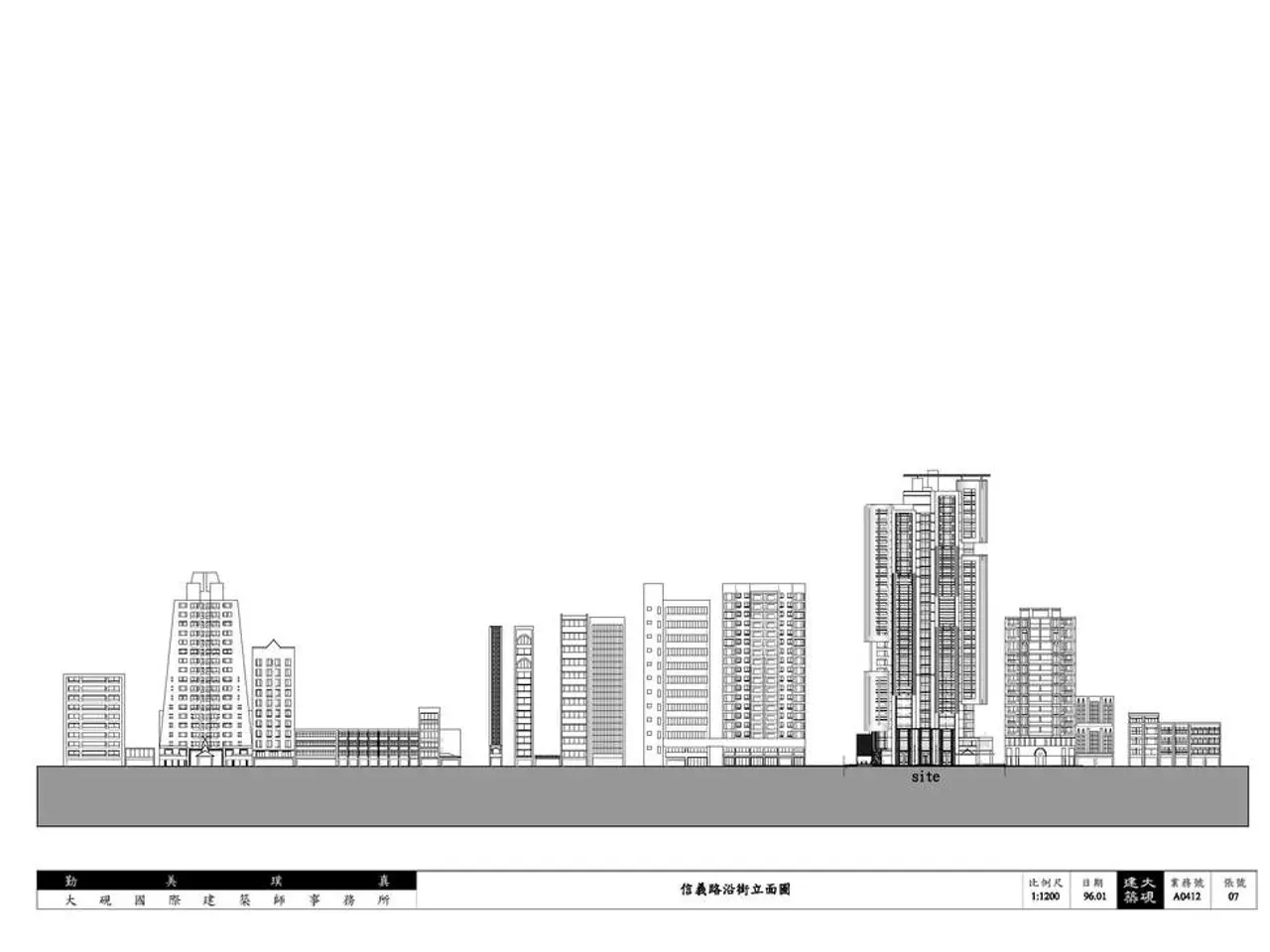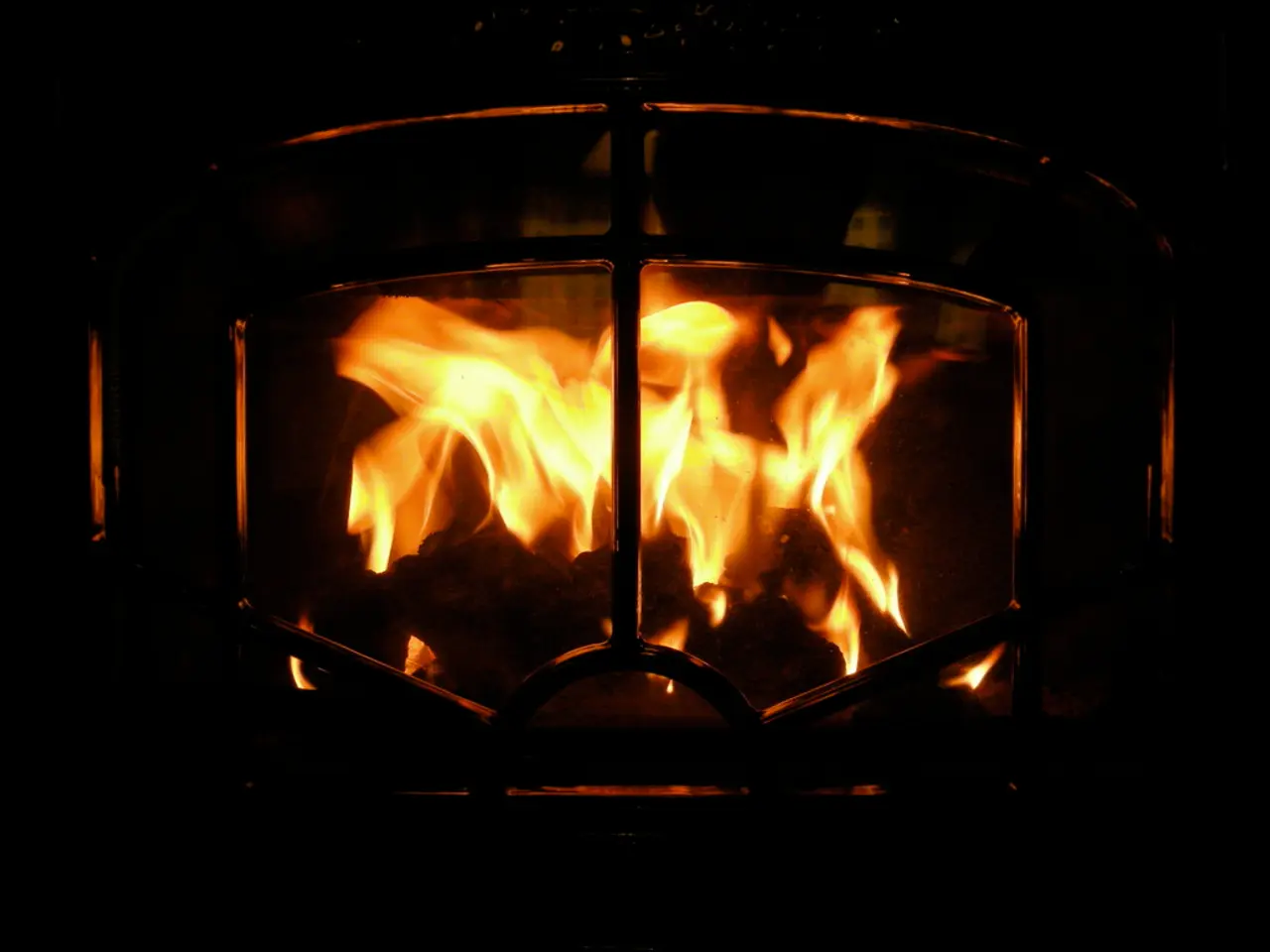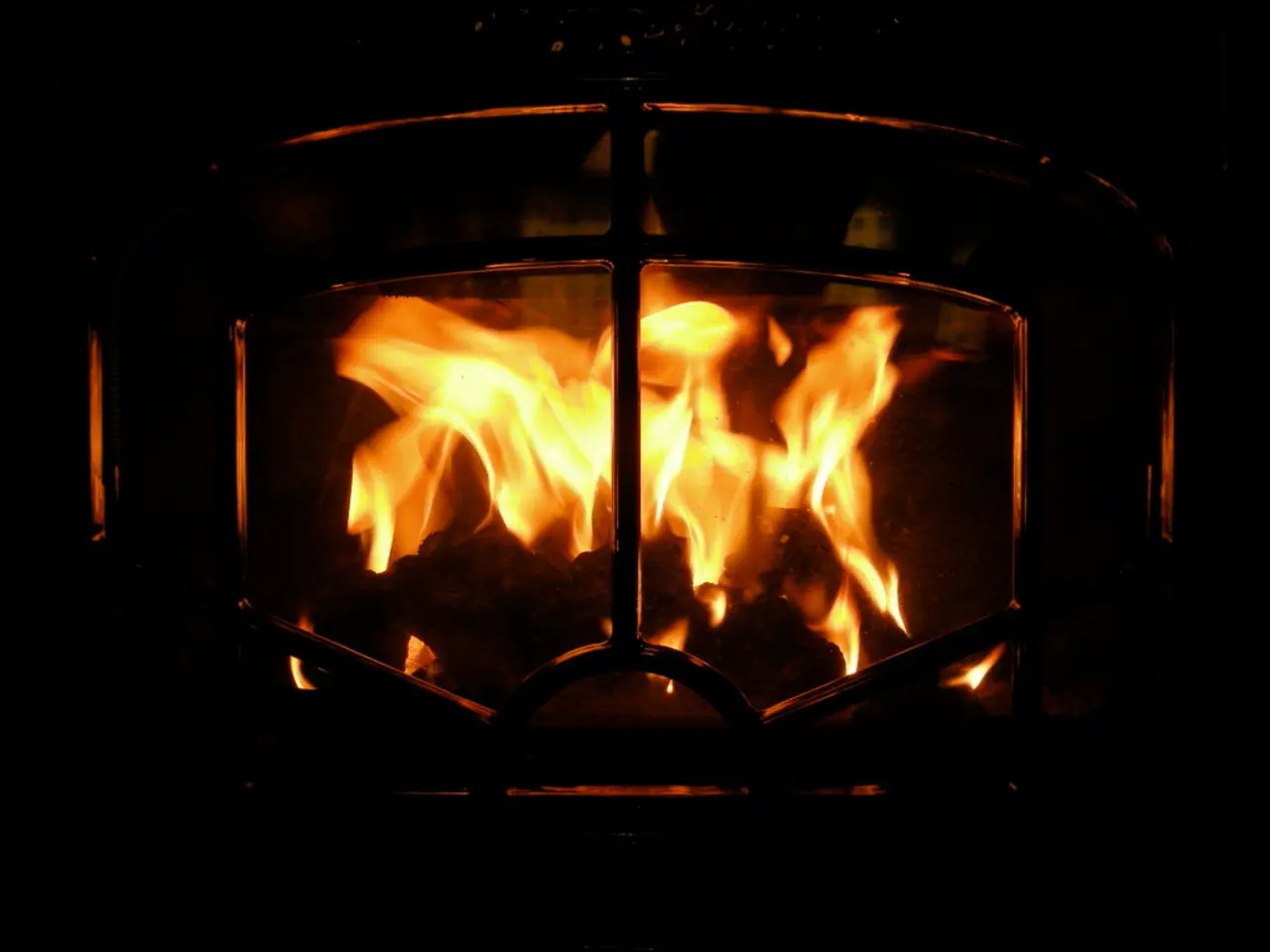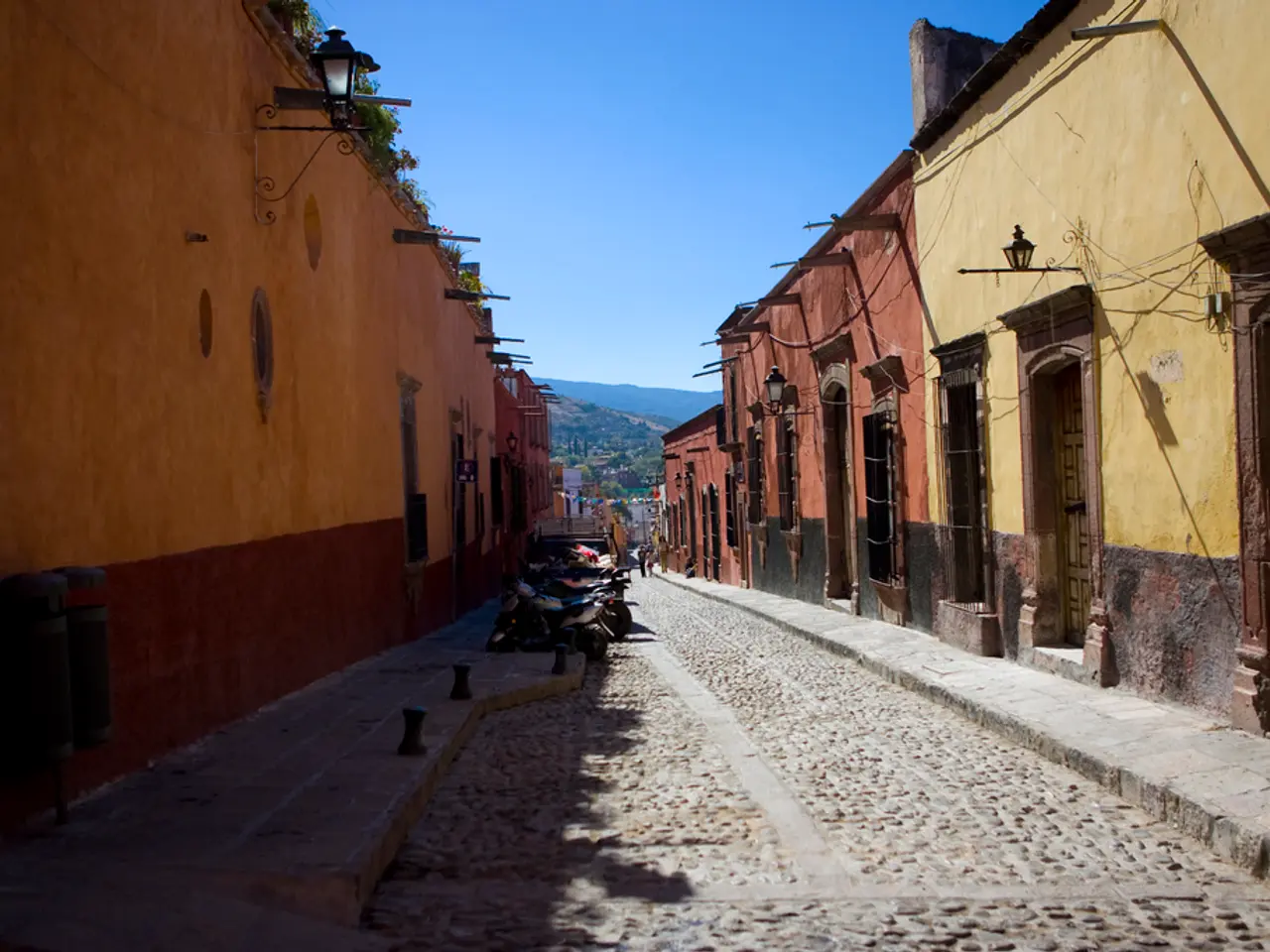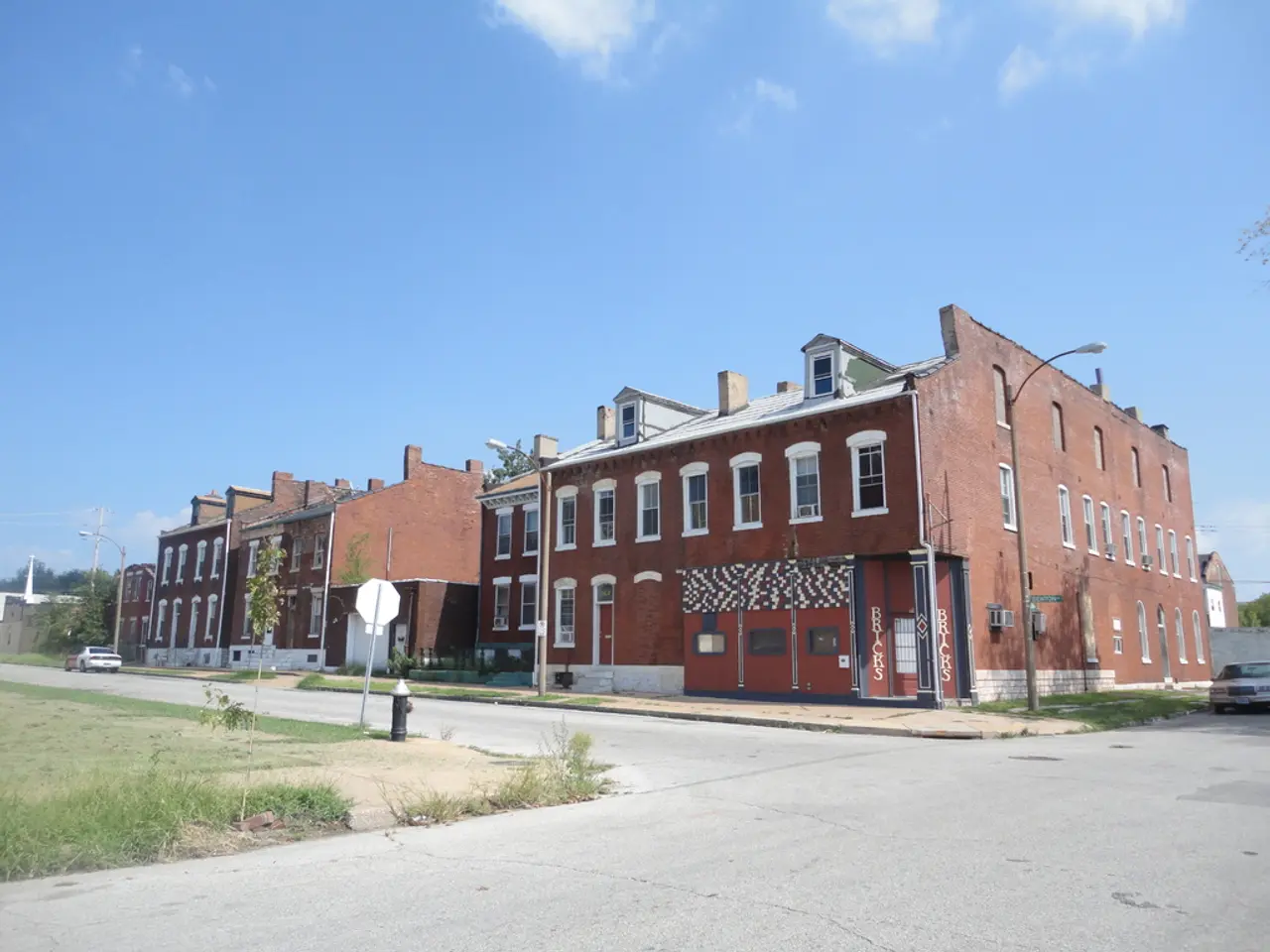Construction of a lavish, $200 million ballroom initiates at the White House
A New White House Ballroom: A $200 Million Expansion
The White House is set for a significant transformation in the coming year, with the construction of a new ballroom scheduled to begin in September 2025. The project, expected to cost around $200 million, will be funded by President Donald Trump and other donors.
McCree Architects, known for their classical architectural design, will serve as the lead architects on the project, while Clark Construction will manage the construction. AECOM will lead the engineering team. The ballroom is designed to be a large event space, accommodating substantially more guests than the existing White House East Room.
Located substantially apart from the main White House building, the new ballroom will reflect its architectural heritage almost identically. The aim is to eliminate the need for large temporary tents typically used for major functions honoring world leaders, thereby enhancing the White House’s capability to host significant events indoors.
The Rose Garden, currently under construction, is also undergoing changes. The traditional grass is being replaced with pavement, a decision that has drawn attention as part of the broader renovations happening at the White House complex. While specific controversy over the Rose Garden reconstruction was not detailed extensively, the pavement replacement and ongoing changes have attracted public interest due to the garden’s historical significance.
Security enhancements for the ballroom will be coordinated with the United States Secret Service, which is also involved in modifications for the project. Officials emphasize a commitment to preserving the White House’s special history while creating a beautiful new space to be used by current and future administrations.
The White House has announced plans for modernizing the East Wing as well, with offices being relocated during the construction period. Trump has previously expressed dissatisfaction with State Dinners being held in tents, and the new ballroom is expected to alleviate this issue.
The project timeline does not provide specific details, but it is expected to be completed before the end of President Trump's term. The new ballroom will have a seating capacity of 650 people.
Sources: 1. White House Press Release 2. NPR Article 3. Town & Country Article
Note: This article is based on information from official White House releases and related coverage as of July 31, 2025. Emily Burack, the Senior News Editor for Town & Country, was not specifically mentioned in the sources.
- The upcoming $200 million expansion of the White House includes a new ballroom, aiming to enhance society's entertainment and culture by providing a larger event space.
- The new ballroom's classical architecture, designed by McCree Architects, will mirror the White House's traditional style, while offering an indoor solution for major functions.
- The project's funding comes from President Donald Trump and other donors, signifying a significant shift in policy-and-legislation related to the White House's infrastructure.
- The Rose Garden is also undergoing changes, transitioning from grass to pavement, which has sparked general-news interest due to the garden's historical importance and potential impact on the overall White House's aesthetic.
- The United States Secret Service is collaborating on security enhancements for the new ballroom, ensuring the safety of events while maintaining the White House's revered history and prestige in politics.
- In addition to the new ballroom, the East Wing is undergoing modernization, with offices being relocated, as President Trump seeks to address his dissatisfaction with State Dinners being held in tents, a common practice in war-and-conflicts-free times.
